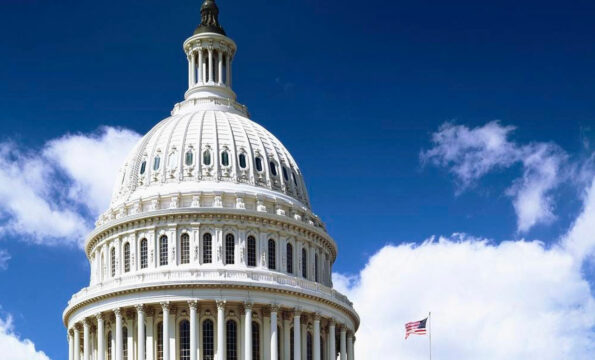Leider ist der Eintrag nur auf Amerikanisches Englisch und Europäisches Spanisch verfügbar.
-

-

-
Pastor Hal Mayer
Speaker / Director
Historically Low Faith in U.S. Institutions Continues
Donnerstag, der 28. Dezember 2023
Prophetic Intelligence Briefings are provided to show a link between current events and Bible prophecy only. The reposted articles, which are not intended as a commentary in support of or in opposition to the views of the authors, do not necessarily reflect the views of Pastor Mayer or of Keep the Faith other than to point out the prophetic link.
Latest Message
Make a Gift
Prophetically Speaking…
„The most odious of all oppressions are those which mask as justice.“ more…
-
Neueste Beiträge
Tags
Catholic Church church and state Donald Trump government LGBTQ natural disaster politics Pope Francis Prophetically Speaking Quote of the Day religion religious liberty United States VaticanNeueste Kommentare
- William Stroud bei US issues terrifying NOTAM airspace warning as B-52 nuclear bomber conducts ‚attack demo‘: Venezuela crisis spirals
- William Stroud bei Liberal Protestant churches proclaim ‚holiness‘ of transgenderism, rebuke Catholic bishops
- Stephen Chang bei Praying for the Dead: Sweetest of the Spiritual Works of Mercy
- John bei Charlie Kirk and the Sabbath rest
- William Stroud bei UMC church paints steps in rainbow colors in opposition to governor’s directive
Follow





Comments
Brad Luck
Sonntag, der 31. März 2024 at 13:15Religion is dying, face the fact.